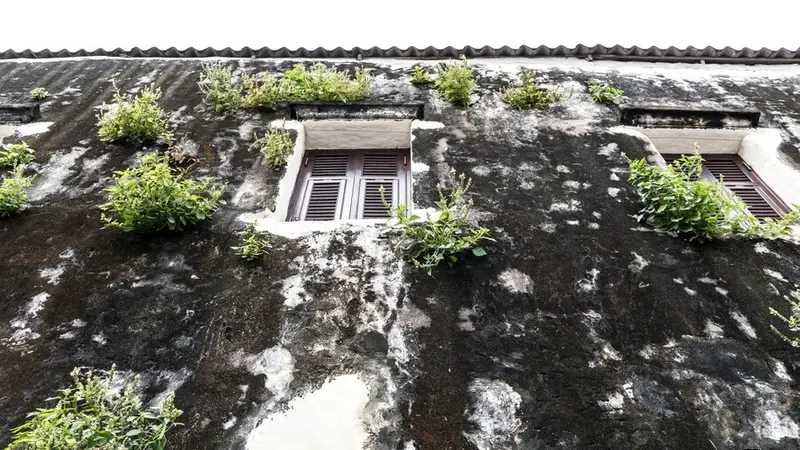Effective water management is paramount for preserving the health and functionality of any landscape. Whether preventing soil erosion, controlling runoff, or managing excess water, finding innovative solutions to drainage challenges is essential for maintaining outdoor spaces. One such solution that has redefined landscape water management is geotextile.
This advanced material offers a versatile and sustainable approach to drainage, revolutionising landscape design and maintenance. This article explores how geotextile or geofabric transforms landscape water management, from its unique properties to its wide range of applications. Discover how this innovative material is reshaping the way you think about drainage and revolutionising the future of landscape design.
Preventing Soil Erosion
Soil erosion is a common problem in landscapes where water runoff can lead to the loss of fertile topsoil and vegetation degradation. Geotextile prevents soil erosion by providing a protective barrier, stabilising the soil surface, and controlling water flow. When installed beneath gravel or mulch in landscaping projects, geotextile acts as a filter, allowing water to drain freely while preventing soil particles from being washed away. This helps maintain the landscape’s integrity, preserving soil fertility and promoting healthy plant growth. By reducing soil erosion, they help protect the environment and ensure the long-term sustainability of outdoor spaces.
Controlling Runoff
Managing stormwater runoff is essential for preventing flooding, erosion, and water pollution in urban and suburban environments. Geotextile provides an effective solution for controlling runoff by intercepting and redirecting water to designated drainage areas. When used with permeable paving or underground drainage systems, they help filter out pollutants and sediment from stormwater runoff, reducing the risk of contamination in nearby water bodies. Additionally, geotextiles can create retention ponds, bioswales, and rain gardens, which absorb and filter stormwater naturally, replenishing groundwater supplies and supporting native plant habitats. By managing runoff effectively, geotextile promotes sustainable water management practices and protects the health of ecosystems.
Improving Soil Stability
In addition to its role in preventing erosion and controlling runoff, geotextile helps improve soil stability and enhance the structural integrity of landscapes. When used in civil engineering projects such as road construction or slope stabilisation, geotextile provides reinforcement that distributes loads and reduces soil movement. By stabilising embankments, retaining walls, and other earthworks, they help prevent landslides, subsidence, and other forms of slope failure, ensuring the safety and longevity of infrastructure projects. Geotextiles can create stable foundations for pathways, patios, and driveways in landscaping applications, reducing settling and heaving caused by fluctuating soil conditions. By improving soil stability, geotextile enhances the durability and performance of landscapes, minimising maintenance requirements and extending the lifespan of outdoor amenities.
Promoting Sustainable Landscapes
As concerns about environmental sustainability continue to grow, the demand for eco-friendly landscaping solutions has never been greater. Geotextile offers a sustainable alternative to traditional drainage materials, providing a durable, long-lasting solution that minimizes environmental impact. Unlike concrete or asphalt, which can contribute to heat islands and stormwater runoff, geotextile allows water to infiltrate the soil naturally, replenishing groundwater supplies and supporting healthy ecosystems. Additionally, geotextile is recyclable and can be reused in future projects, reducing waste and conserving resources. By promoting sustainable landscapes that balance human needs with environmental stewardship, geotextile helps create healthier, more resilient communities for future generations. Visit World Wise Mag for more details.
Conclusion
geofabric has redefined landscape water management, offering a versatile and sustainable solution for controlling erosion, managing runoff, and improving soil stability. From preventing soil erosion to promoting sustainable landscapes, geotextile plays a vital role in preserving the health and functionality of outdoor spaces. As the necessity for eco-friendly solutions continues to grow, geotextile stands poised to revolutionize the future of landscape design, creating healthier, more resilient environments for generations to come.
This article is written by (Maxwell)
